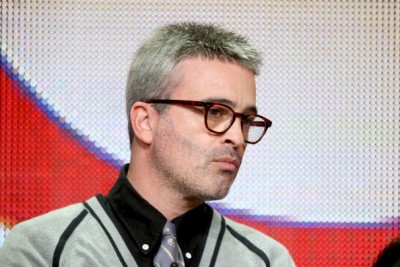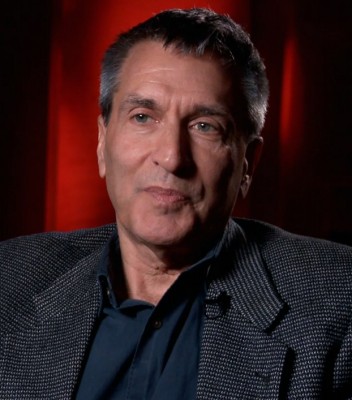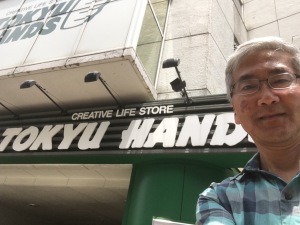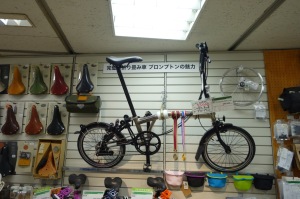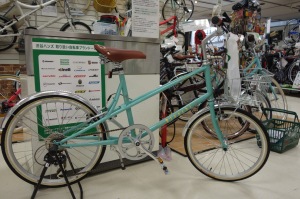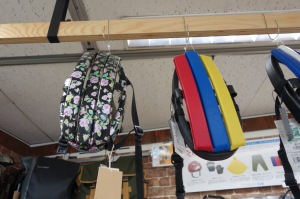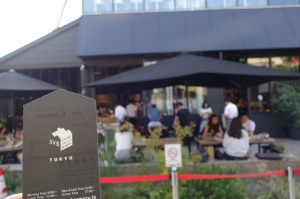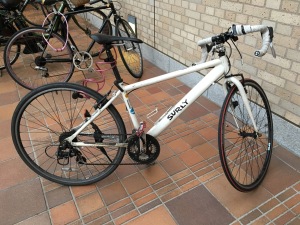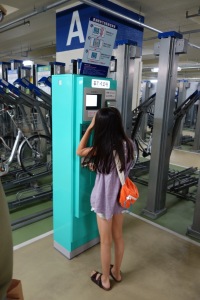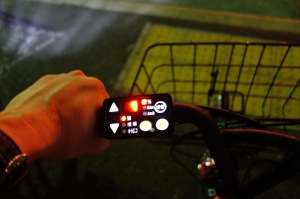 |
mkalus
shared this story
from  Zero Hedge: Zero Hedge:
|
|
"Never have so many thought so deeply, or wrestled so hard with their consciences, in an effort to come up with the right answer."
Hahahaha. yeah right. I guess you have to be deluded, or at least pretend to be, after what transpired last week.
As the saying goes: Be careful what you wish for.
|
With both David Cameron and George Osborne having vaporized and seemingly no one ready (or willing) to take charge in this transition period in which Cameron is no longer the effective PM, yet is unwilling to trigger Article 50, many have been looking to the presumptive next PM, Boris Johnson, to emerge and say a few encouraging words, which he seemingly evaded most of the weekend. However, at 10pm local time, a long overdue BoJo Op-ed graced the pages of the pro-Brexit telegraph, in which the former London mayor says that he "cannot stress too much that Britain is part of Europe – and always will be", writes that he believes "that this climate of apprehension is understandable, given what people were told during the campaign, but based on a profound misunderstanding about what has really taken place", but the key statement, and the one all of the understandably confused "Leave" voters will be looking for is Johnson's explanation of what he thinks will change. To wit:
The only change – and it will not come in any great rush – is that the UK will extricate itself from the EU’s extraordinary and opaque system of legislation: the vast and growing corpus of law enacted by a European Court of Justice from which there can be no appeal. This will bring not threats, but golden opportunities for this country – to pass laws and set taxes according to the needs of the UK.
It remains to be seen if he can convince the Leave - and certainly Remain - camps (the latter, we doubt), especially since nowhere in the op-ed is the all important topic of Article 50 invoked, and more importantly, who and when will trigger it, perhaps the only issue which the markets demand clarity on at this moment.
Among the other notable Johnson claims is that Britain will continue to have access to the European Union's single market despite voting to leave the bloc, adding that Britain could now forge a relationship with the EU based on free trade and partnership rather than a federal system, and that Britain would also be able to do free trade deals with growth economies outside the EU.
"There will continue to be free trade, and access to the single market," Johnson wrote in a regular column for the Daily Telegraph newspaper, adding that there was "no great rush" for Britain to extricate itself from the EU.
He did not set out any details of how the arrangement would work, but suggested Britain would not accept free movement, saying the government would be able to implement an immigration policy which suited the needs of business and industry.
Johnson said the negative consequences of Brexit were being "wildly overdone" and that Bank of England governor Mark Carney, who came under fire from some Brexit campaigners ahead of the referendum for flagging the risks of leaving the bloc, should continue in his job.
"The economy is in good hands," he said, praising 'In' campaigners Prime Minister David Cameron and finance minister George Osborne for the work they have done to reduce public spending. "Most sensible people can see that Bank of England Governor Mark Carney has done a superb job - and now that the referendum is over, he will be able to continue his work without being in the political firing-line."
* * *
Boris Johnson's full op-ed, By Boris Johnson, originally posted in The Telegraph

I cannot stress too much that Britain is part of Europe – and always will be
This EU referendum has been the most extraordinary political event of our lifetime. Never in our history have so many people been asked to decide a big question about the nation’s future. Never have so many thought so deeply, or wrestled so hard with their consciences, in an effort to come up with the right answer.
It has been a gruelling campaign in which we have seen divisions between family and friends and colleagues – sometimes entirely amicable, sometimes, alas, less so. In the end, there was a clear result. More than 17 million people voted to leave the EU – more than have ever assented to any proposition in our democratic history. Some now cast doubt on their motives, or even on their understanding of what was at stake.
It is said that those who voted Leave were mainly driven by anxieties about immigration. I do not believe that is so. After meeting thousands of people in the course of the campaign, I can tell you that the number one issue was control – a sense that British democracy was being undermined by the EU system, and that we should restore to the people that vital power: to kick out their rulers at elections, and to choose new ones.
I believe that millions of people who voted Leave were also inspired by the belief that Britain is a great country, and that outside the job-destroying coils of EU bureaucracy we can survive and thrive as never before. I think that they are right in their analysis, and right in their choice. And yet we who agreed with this majority verdict must accept that it was not entirely overwhelming.
There were more than 16 million who wanted to remain. They are our neighbours, brothers and sisters who did what they passionately believe was right. In a democracy majorities may decide but everyone is of equal value. We who are part of this narrow majority must do everything we can to reassure the Remainers. We must reach out, we must heal, we must build bridges – because it is clear that some have feelings of dismay, and of loss, and confusion.
I believe that this climate of apprehension is understandable, given what people were told during the campaign, but based on a profound misunderstanding about what has really taken place. At home and abroad, the negative consequences are being wildly overdone, and the upside is being ignored. The stock market is way above its level of last autumn; the pound remains higher than it was in 2013 and 2014.
The economy is in good hands. Most sensible people can see that Bank of England governor Mark Carney has done a superb job – and now that the referendum is over, he will be able to continue his work without being in the political firing-line. Thanks in large part to the reforms put in place by David Cameron and George Osborne, the fundamentals of the UK economy are outstandingly strong – a dynamic and outward-looking economy with an ever-improving skills base, and with a big lead in some of the key growth sectors of the 21st century.
We should be incredibly proud and positive about the UK, and what it can now achieve. And we will achieve those things together, with all four nations united. We had one Scotland referendum in 2014, and I do not detect any real appetite to have another one soon; and it goes without saying that we are much better together in forging a new and better relationship with the EU – based on free trade and partnership, rather than a federal system.
I cannot stress too much that Britain is part of Europe, and always will be. There will still be intense and intensifying European cooperation and partnership in a huge number of fields: the arts, the sciences, the universities, and on improving the environment. EU citizens living in this country will have their rights fully protected, and the same goes for British citizens living in the EU.
British people will still be able to go and work in the EU; to live; to travel; to study; to buy homes and to settle down. As the German equivalent of the CBI – the BDI – has very sensibly reminded us, there will continue to be free trade, and access to the single market. Britain is and always will be a great European power, offering top-table opinions and giving leadership on everything from foreign policy to defence to counter-terrorism and intelligence-sharing – all the things we need to do together to make our world safer.
The only change – and it will not come in any great rush – is that the UK will extricate itself from the EU’s extraordinary and opaque system of legislation: the vast and growing corpus of law enacted by a European Court of Justice from which there can be no appeal. This will bring not threats, but golden opportunities for this country – to pass laws and set taxes according to the needs of the UK.
Yes, the Government will be able to take back democratic control of immigration policy, with a balanced and humane points-based system to suit the needs of business and industry. Yes, there will be a substantial sum of money which we will no longer send to Brussels, but which could be used on priorities such as the NHS. Yes, we will be able to do free trade deals with the growth economies of the world in a way that is currently forbidden.
There is every cause for optimism; a Britain rebooted, reset, renewed and able to engage with the whole world. This was a seismic campaign whose lessons must be learnt by politicians at home and abroad. We heard the voices of millions of the forgotten people, who have seen no real increase in their incomes, while FTSE-100 chiefs now earn 150 times the average pay of their employees. We must pursue actively the one-nation policies that are among David Cameron’s fine legacy, such as his campaigns on the Living Wage and Life Chances. There is no doubt that many were speaking up for themselves.
But they were also speaking up for democracy, and the verdict of history will be that the British people got it right.










 The hidden freeform multi-window mode found in the current developer preview builds of Android N is unlikely to official with the final release of the OS, but many advanced users hoped that Google would at least let the feature remain hidden in the OS, so that it could be activated manually.
The hidden freeform multi-window mode found in the current developer preview builds of Android N is unlikely to official with the final release of the OS, but many advanced users hoped that Google would at least let the feature remain hidden in the OS, so that it could be activated manually.







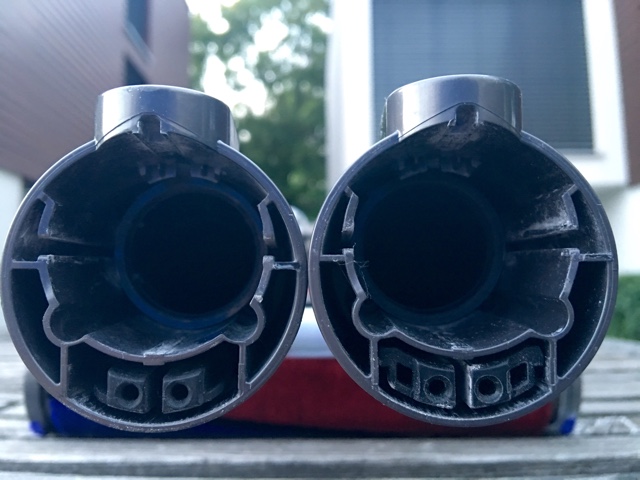
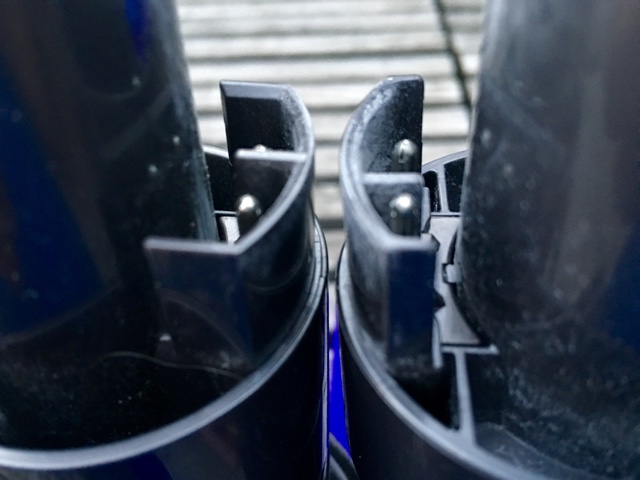




 Aside from some typical US brands such as Chrome or Mission Workshop, there were many Japanese brands, including an in house “Tokyo Wheels” Label. I almost went for a blue blazer in thin stretch fabric, but I was a bit put off by a zipper down the centre of the upper back that could be opened for venting. As an alternative, I’m going to take a look at the ultralight suite jacket from Uniqlo if I have the chance.
Aside from some typical US brands such as Chrome or Mission Workshop, there were many Japanese brands, including an in house “Tokyo Wheels” Label. I almost went for a blue blazer in thin stretch fabric, but I was a bit put off by a zipper down the centre of the upper back that could be opened for venting. As an alternative, I’m going to take a look at the ultralight suite jacket from Uniqlo if I have the chance.
 They have their own line of bikes that are based on smaller wheels, mini velo style, that makes a lot of sense in a city like Tokyo.
They have their own line of bikes that are based on smaller wheels, mini velo style, that makes a lot of sense in a city like Tokyo.











